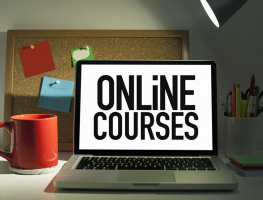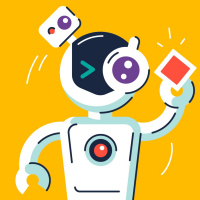Top 9 Best Online Courses to Learn CMOS
The term CMOS stands for “Completary Metal Oxide Semiconductor”. This is one of the most popular technology in the computer chip design industry and it is ... read more...widely used today to form integrated circuits in numerous and varied applications. Today's computer memories, CPUs, and cell phones make use of this technology due to several key advantages. If you are interested in CMOS and want to learn about it, here are the best online courses to learn CMOS.
-
The fundamentals of NMOS and CMOS Digital Integrated Circuit Design are covered in this course. This is the course for you if you're looking for an introduction to the subject. You'll begin by studying some device physics. This will allow you to become acquainted with some terminology while also laying the groundwork for the remainder of the course. Then you'll move on to device fabrication and layout, which will be covered in greater depth when looking at designing and simulating circuits in Electric, an Electronic Design Automation tool (EDA) that you can download for free and try out for yourself.
Then you'll learn how to use MOSFET (Metal Oxide Field Effect Transistors) transistors to build useful digital logic circuits by deriving some equations. After that, you can progress to simple pass transistor circuits to familiarize yourself with transistor equations and gain a better understanding of dynamic logic. The final section introduces the electric EDA tool, which is used to design and layout CMOS circuits, culminating in a full adder circuit.
Who this course is for:
- Absolute Beginner
Requirements:
- Enthusiasm
Course ratings: 4.5/5
Enroll here: https://www.udemy.com/course/cmos-digital-integrated-circuit-design/

linearmicrosystems.com 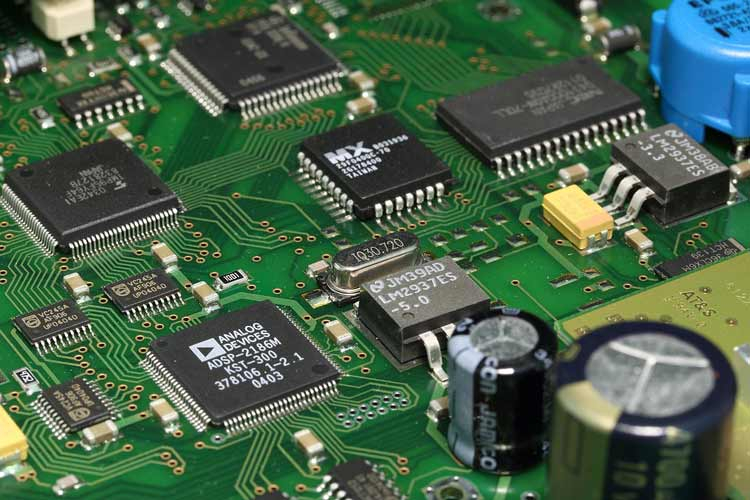
components101.com -
This course, one of the best online courses to learn CMOS, provides a high-level overview of analog IC design. It provides a high-level overview of analog IC design and discusses the qualifications required of a designer in this field. In reality, this course is a snapshot of a more in-depth, 40-hour CMOS analog design course that can be found elsewhere. This course's target audience should be familiar with analog circuits and integrated circuit technology. The terminology is similar to that used in academia and industry.
This course is self-contained, with no quizzes or other materials; it is intended to serve as a quick refresher or introduction to analog IC design. The course will take you about 3 hours to complete and will consist of 12 15-20 minute lectures. This course is for students who are new to analog IC design and want to get a better understanding of the subject. Those who are already familiar with IC design or have been away from it for a while can use the course to refresh their knowledge of analog IC design. Check with the instructor, Dr. Allen, if you are interested in the in-depth course or go to the Imperial College website.
Who this course is for:
- This Overview of Analog IC Design should be taken by anyone who would like to gain a quick refresher or a general introduction into the topic of Analog IC Design
- This course will prepare the student to go into a more detailed study found elsewhere (www.aicdesign.org) on the topic.
- This course can be taken to determine the students interest in the topic of analog IC design
Requirements
- Students should have an interest in the topic of analog IC design or at least the motivation to find out what it is all about
- There are no prerequisites but any previous knowledge of the topic will help the student get more from the class
Course ratings: 4.5/5
Enroll here: https://www.udemy.com/course/analog_ic_design_overview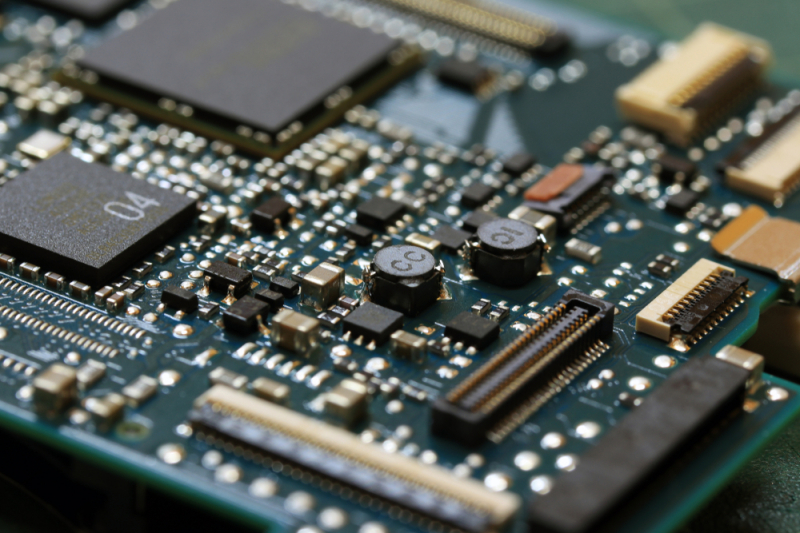
linearmicrosystems.com 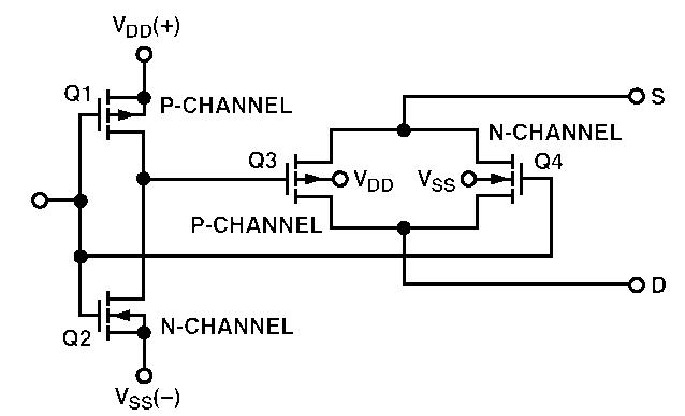
edn.com -
CMOS Digital VLSI Design Lab, one of the best online courses to learn CMOS, is primarily for students who want to gain hands-on experience learning the fundamentals of MOSFET-based digital circuit design. The course is structured in such a way that students demonstrate a high level of learning from searching the literature using reliable resources such as IEEE to circuit analysis and design. Learners will design building blocks of CMOS digital VLSI circuits and discuss tradeoffs in these circuits in a short amount of time. The emphasis is on developing problem-solving skills through self-study. Various simulation examples are used to teach this course. The simulation tool is LTspice, which students can get from the Analog Devices website.
Quizzes and assignments accompany each chapter to help you keep track of your progress. This course is recommended for students interested in working in the semiconductor industry or continuing their education in the VLSI field.
Who this course is for:
- Undergraduate or Post Graduate Engineering students who have taken CMOS VLSI design course work in their universities
- Begineers in CMOS VLSI Design particularly those who wants to start job or research in VLSI
- Project enthusiastics who wish to learn circuit simulation
- VLSI Digital Design Laboratory Instructors
Requirements
- Learner should have completed Digital Circuit Design Course
- Familiarity with SPICE programming or/and hands on experience with circuit simulation tools will be an added advantage
Course rating: 4.2/5
Enroll here: https://www.udemy.com/course/cmos-digital-vlsi-design-lab
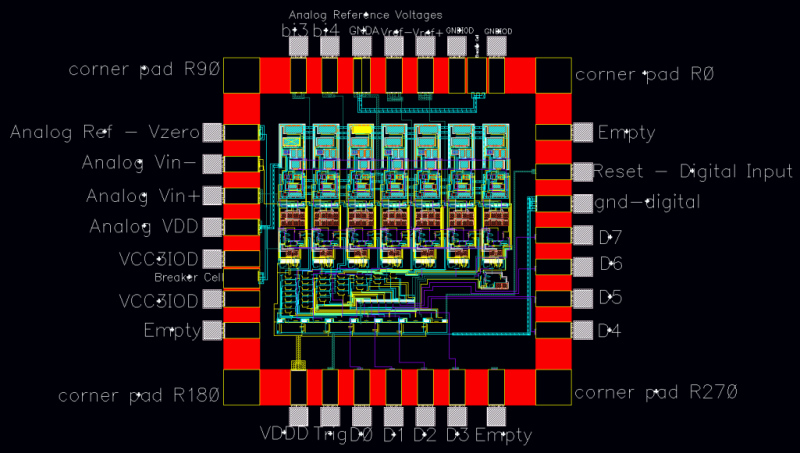
bits-pilani.ac.in 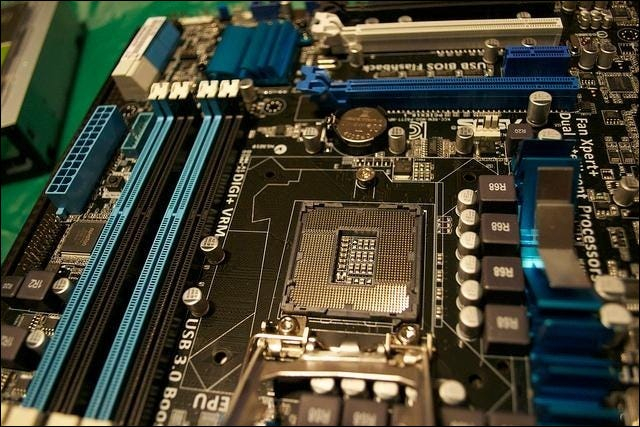
dreamstime.com -
The Analog Engineering Interview Preparation course is a summary of topics asked from students over the past 6 years. This course does not guarantee your readiness for answering every single question of an Analog or RF interview as there are many topics and one might get a post doc and still be missing topics covered in Analog and RF Engineering however it is the most common questions the instructors have seen used during different interviews from entry-level test engineering all the way to RF Design positions.
For the past 4 years, the instructors have been providing hard copies of these questions to 10000+ students around the world and those who have studied them have mentioned some questions had were similar to the topics covered. However please note taking this course with no RF and Analog background or without reviews of fundamental topics included in the Rahsoft RF Engineering Certificate might help you on answering some questions or for some maybe the chance of getting your feet in the door but it will not help you for surviving the actual job as dedication and depth study is needed on the Analog and RFIC Engineering related jobs.
Who this course is for:
- Electrical Engineers
- Analog Engineers
- Electrical Engineering Students
Requirements
- Foundation is needed this is not a course that teaches you everything on analog but a crash course for those whom need to freshen up before their interview day
- Electrical Engineering Background
Course ratings: 4.0/5
Enroll here: https://www.udemy.com/course/rfic-interview-questions-analog-interview-questions-rahsoft
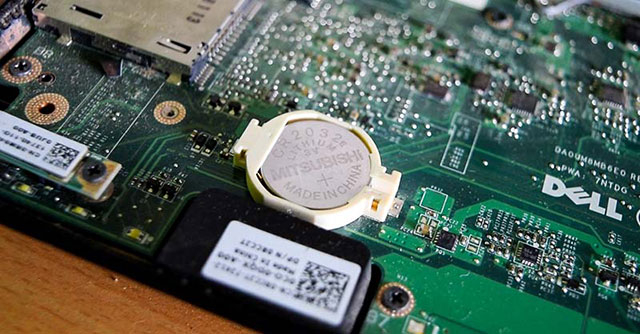
quantrimang.com 
commons.wikimedia.org -
The fundamentals of CMOS will be covered in this course, as well as how to bias transistors in triode/linear, cut-off, and saturation regions. Later in the course, you'll learn about transconductance Gm, which is widely used in sensor readout circuits, broadband circuits, and high-speed design at the moment. In low-power circuit designs, the Constant-Gm circuit is very popular.
The courses "CMOS Analog Circuit Design - Amplifiers with Solved Examples" and "Circuit Design for High Speed Serial Links" both require this course as a prerequisite. As a result, the course provider sees analog job postings for Sensor Design and Sensor Interfaces, WiFi (wireless LANs and Internet access), ultra-wideband technology (UWB), and power management. Designers with experience in high-speed data conversion appear to be in high demand across a wide range of industries.
Who this course is for:
- Curious students about the devices and potential nano-engineering students
- Aspiring Analog IC designers who need to brush up their knowledge on MOSFETs and their characteristics
- Undergraduate students who are beginning to learn Analog IC Design
- Post Graduate Students who need a refresher course
Requirements
- Students should have an interest in the topic of analog IC design.
- There are no prerequisites. Any previous knowledge of the topic will help the student get more from the class.
Course ratings: 3.9/5
Enroll here: https://www.udemy.com/course/cmos-analog-ic-design-part-1/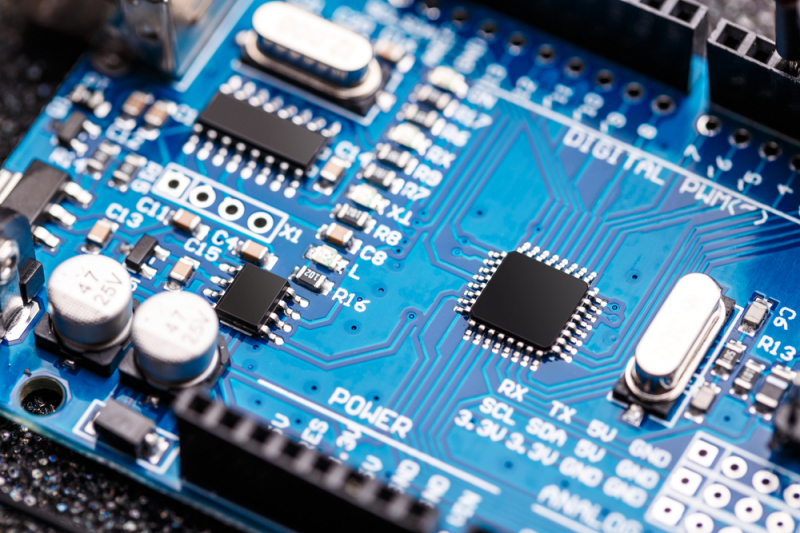
linearmicrosystems.com 
mindcet.com -
CMOS Analog Circuit Design - Amplifiers with Solved Examples course is a continuation of "CMOS Analog IC Design - MOSFET, DC BIAS, and Transconductance," a previous Analog IC Design course. This 6-hour course will teach you everything you need to know about CMOS amplifiers, Current Mirrors, and Active Loads. Each topic has a number of worked-out examples (at least four) to allow for hands-on design.
As a result, the instructors are seeing analog job openings in a variety of areas, including Sensor Design and Sensor Interfaces, WiFi (wireless LANs and Internet access), ultra wide band technology (UWB), and power management. Designers with experience in high-speed data conversion appear to be in high demand across a wide range of industries.
Who this course is for:
- Curious students about the devices and potential nano-engineering students
- Aspiring Analog IC designers who need to brush up their knowledge on CMOS Amplifiers
- Undergraduate students who are beginning to learn Analog IC Design
- Post Graduate Students who need a refresher course
Requirements
- Students should have an interest in the topic of analog IC design.
- Attend the "CMOS Analog IC Design - MOSFET, DC BIAS and Transconductance" course on Udemy
- Knowledge of DC Biasing and maintaining the devices in saturation
Course ratings: 3.7/5
Enroll here: https://www.udemy.com/course/cmos-analog-circuit-design-amplifiers-with-solved-examples/

howpedia.com 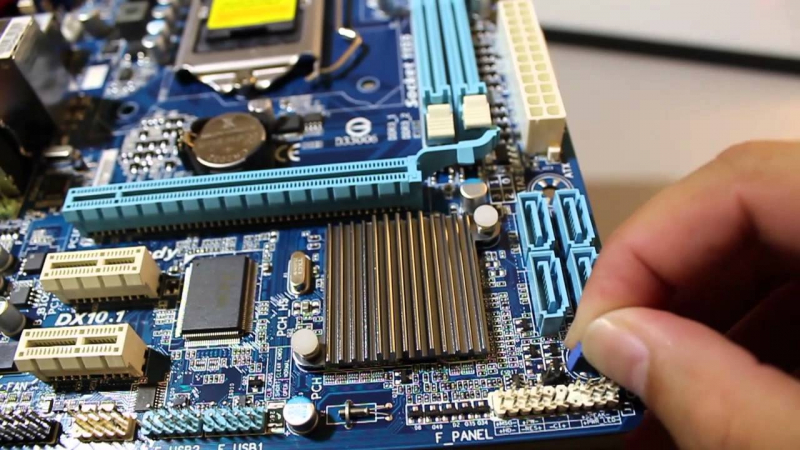
thefastcode.com -
Crash Course Electronics was created with a single goal in mind: to take you from obscurity to mastery in the field of electronics and PCB design. This massive course was designed specifically for those who want to learn electronics from the ground up and then apply what they've learned to build actual printed circuit boards (PCBs). There is no other course that compares to Crash Course Electronics in terms of depth and breadth. The course begins with atomic physics and the electron and quickly progresses to circuit analysis, AC, DC, complex impedance, RC and RL circuits, filters, amplifiers, transistors, FETs, analog and digital theory, and much more.
However, unlike other courses that are heavily technical and math-based, this one is not. The instructor-led Crash Course Electronics was created to be taken as a journey. Each lecture builds on the previous, each new concept presenting itself as a new puzzle to be solved in a variety of ways. The most difficult topics and mathematical concepts are broken down into easy-to-understand lectures, and you have a blast doing it! Because the instructor had to learn this material and remember how difficult it was, he approaches each lecture as if you are both learning for the first time and makes no assumptions about what you know or don't know.
Who this course is for:
- Anyone interested in learning electronics and/or printed circuit board design.
- Programmers interested in learning about how the machines they code with actually work and the electronics inside them.
- Electrical or Computer Engineering students that would like to see what the major is all about end to end as a head start in their degree.
- Someone that is a hacker/hobbyist that has some experience with electronics, but wants to take it to the next level and obtain a much deeper understanding of electronics and circuit analysis/design.
Requirements
- A modern Windows PC (or VM) capable of running various CAD and design tools
- A High School or equivalent understanding of mathematics.
- Access to breadboards, power supplies, tools, parts, etc.
- A lot of patience!
Course ratings: 4.7/5
Enroll here: https://www.udemy.com/course/crash-course-electronics-and-pcb-design/
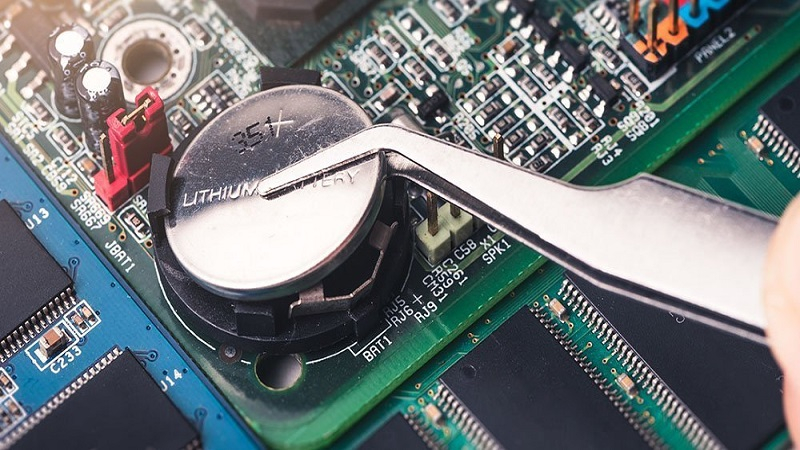
thegioididong.com 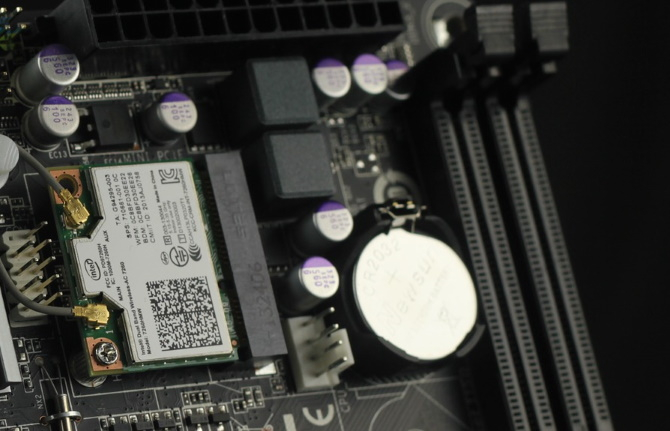
maychuhanoi.com - Anyone interested in learning electronics and/or printed circuit board design.
-
IC Layout mask designers are in high demand right now, and the specialized tool Microwind helps future design engineers and instructors gain a competitive advantage in their careers by providing them with specialized knowledge of CMOS circuits, which attracts employers.
The layout of patterned material-layers one on top of the other is used to fabricate integrated circuits. Because they are required for isolation or electrical contacts between the semiconductor device and the supporting interconnect structure, several of these layers are not accessible to the circuit layout designer. To get from circuit topology to actual layout topology, the designer must have a firm grasp on the representation of devices in a layout, as well as the ability to do the opposite, that is, see a layout and immediately understand the corresponding circuit and thus the circuit's function. Designers can benefit from specialized software tools in both of these directions.
Microwind is a user-friendly Windows-based program for designing and simulating microelectronic circuits at the layout level. Full editing capabilities, as well as appealing views such as MOS characteristics, 2D cross-sections, 3D views, atomic views, and an efficient analog simulator, are included in the tool. There is no need for SPICE or an external simulator. A built-in analog simulator is included.
Who this course is for:
- Beginner IC Layout designer
Requirements
- Digital circuit design
Course ratings: 4.5/5
Enroll here: https://www.udemy.com/course/mastering-digital-cmos-layout-design/
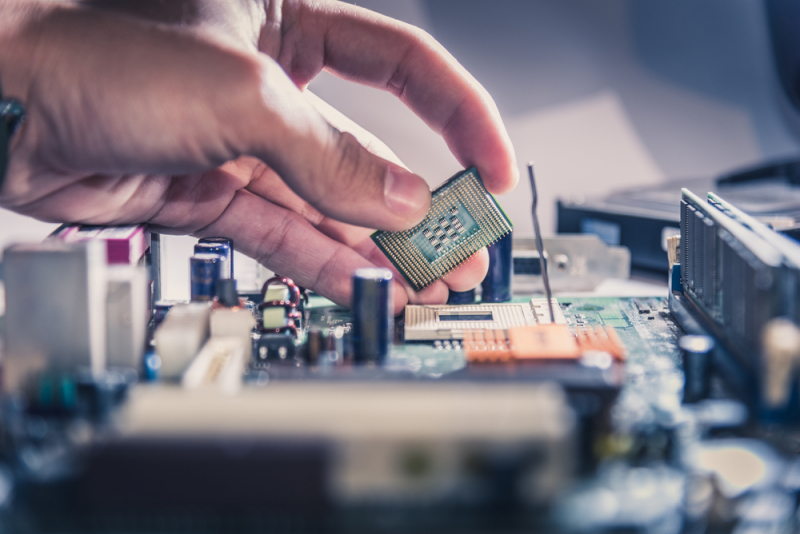
linearmicrosystems.com 
thanhnien.com -
Crash Course Digital Electronics course is not for you if you don't like history and aren't interested in learning how technology evolved from ancient programming methods to high-level programming languages, or how humans went from the Intel 4004 (first MPU in the world) with a transistor count of just 2300 to modern microprocessors like the M1 microprocessor with a transistor count of a whopping 16 billion.
This course was created to teach not only how the basic components of digital electronics work, but also how on earth we have come to build such incredible things. From the Jacquard machine, the first programmable mechanical computer, which was programmed using punch cards in 1839, to modern compilers, programming languages, microprocessors, microcontrollers, and operating systems, you've come a long way.
To illustrate concepts and make them easier to understand, all tutorials of Crash Course Digital Electronics use animation techniques. Your skills will be put to the test! - After you finish a chapter, you will be given a quiz with a variety of questions to answer (including images and diagrams).
Who this course is for:
- People who are interested in how on earth the digital world works.
- Electrical or Computer Engineering students that would like to see what the major is all about end to end as a head start in their degree.
- Students who are curious to find out the history behind all the modern programming langauges, compilers and microprocessors.
- Individuals who want to demistify the electronics world.
Requirements
- Since the course is about digital electronics, to get the full benefit of the course, you will need to follow along and test your knowledge at the end of each chapter.
- Basic programming skills in C/C++.
- Basis knowledge in analog electronics.
- Basic understanding on how to program a microcontroller.
- A High School or equivalent understanding of mathematics.
Course ratings: 4.8/5
Enroll here: https://www.udemy.com/course/crash-course-digital-electronics/

macropolo.org 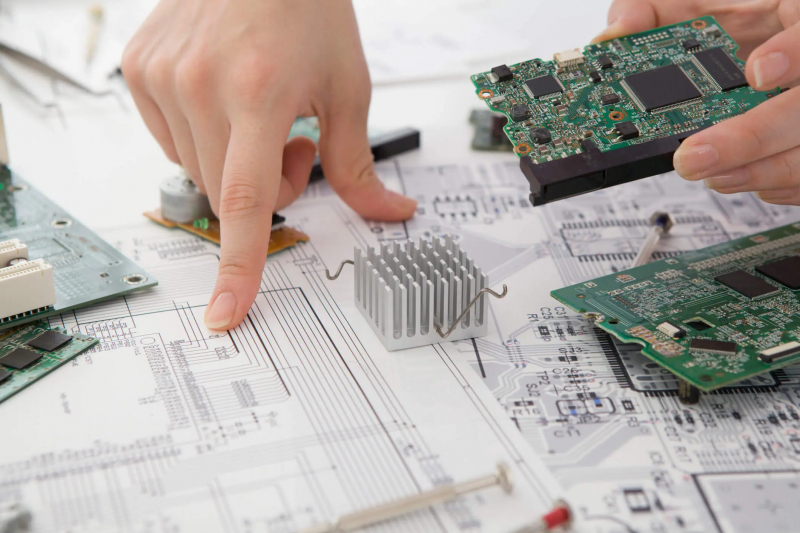
asicnorth.com















